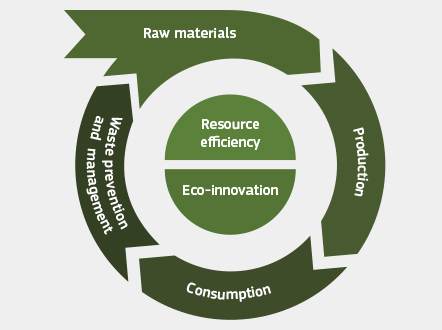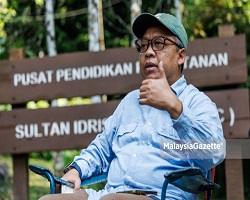The term ecotourism was coined in July 1983. Ecotourism definitions by Walker (2011) include i) environmentally responsible travel and visitation to a relatively undisturbed natural area, ii) low negative visitor impacts and iii) providing beneficially active socio-economic involvement of local populations. Likewise, the Ecotourism Society defines ecotourism as responsible travel to nature regions that conserves the environment and sustains the well-being of the host people. For instance, Forest-based ecotourism offers outdoor activities, physical settings and social/cultural attributes and natural landscape (Verbeke, 2016). In light of that, eco-friendly services and goods have been recognised as one of the most crucial factors in determining the quality of ecotourism services (Khan 2013).
While an ecotourism destination is categorized as being sustainable, how sustainable the development of ecotourism remains a question. Although the demand for ecotourism places is growing significantly, there are concerns about the sustainability of forest ecotourism (Gan, Nair, & Hamzah, 2019). The existence of forests is endangered by overcrowding and inadequate infrastructure that cannot accommodate ecotourists properly which can bring negative impacts to the species around it (Purwanti, Fattah, Qurrata, & Narmaditya, 2021). The overcrowding and the loss of species caused by the continuation fragmentation and degradation of the forest can also affect the animals. Another harmful influence of ecotourism is related to the biotic, social, economic, abiotic, and cultural environment (Suyanto, Lestari, Wardiyono, Wuryaningsih, & Widyastuti, 2019). Conventionally, mass ecotourism relates to excessive usage of lands and resources. The rising volume of solid waste is another negative effect of mass tourism. Research suggests sources of wastes in the form of vegetable residues, polythene, fruit remains, water bottles, food remains, wastewater, food wrappers, and beverage cans as significant contributors to trash generation (Andarani, Lestari, Rezagama, & Sariffuddin, 2018).
Hence, all tourism-related activities should be well planned, located, designed, and managed in an environmentally friendly and culturally sensitive manner so that the environment is not congested, polluted, or degraded, and social tensions are avoided. In this regard, the circular economy (CE) model could be applied to the context of forest-based ecotourism sites (See Figure 1). The CE underlies THREE (3) main principles namely i) Eliminate waste and pollution ii) Renewable energy iii) Reducing Material Consumption.

On this note, integration of environmental management initiatives via an eco-friendly approach in ecotourism sites may help to embrace United Nations Sustainable Development Goals (SDGs) like SDG 12: Responsible Consumption and Production, SDG13 Climate Action and SDG 15 Life on Land. This is important to ensure the long-term sustainability of ecotourism.
In Malaysia, one of the popular forest-based ecotourism sites is Taman Negara. This national park is in Peninsular Malaysia, and it was formed in 1938/1939 as the King George V National Park. Previously, Theodore Hubback persuaded the Sultans of Pahang, Terengganu, and Kelantan to reserve a plot of land that encompasses the three states for the establishment of a protected area. It was renamed Taman Negara after independence. Taman Negara has a total area of 4,343 km² and it is one of the world’s oldest evergreen rainforests, estimated to be more than 130 million years old.
Overall, an eco-friendly development plan may be useful to create a balance between the advantages of the economic implications of ecotourism while protecting the local natural environment. An example of an eco-friendly development plan in a forest-based ecotourism site like Taman Negara (Planning area: 21,194 square meters) is shown below in Figure 2. Software like QGIS, Google Earth Pro, PowerPoint, and Procreate software are used to draw a blueprint for ecotourism development. Figure 2 shows the potential new eco-friendly products, and new attractions/activities, that can be introduced as well as how the present facilities could be made more eco-friendly in nature.
Date of Input: 08/02/2023 | Updated: 08/02/2023 | masridien
MEDIA SHARING





























